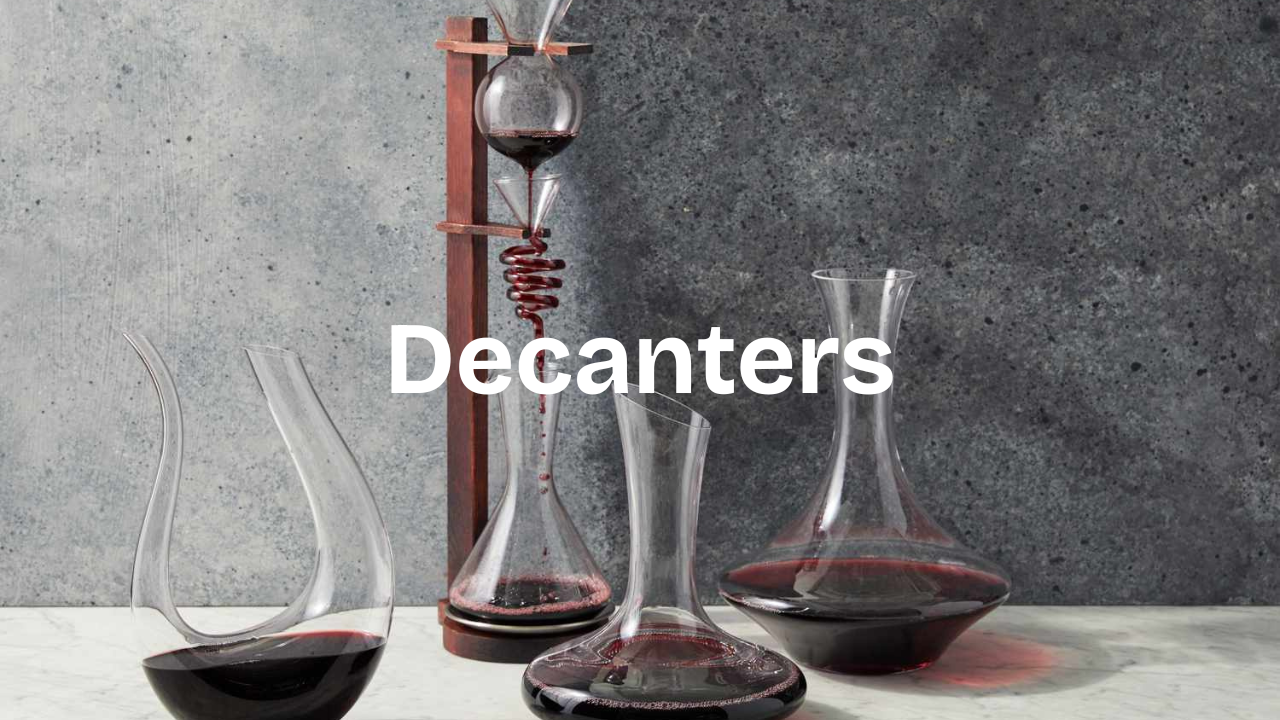
Some wine drinkers decant all of their wine because they enjoy the artistry of a high-end crystal or glass decanter on the table. But did you know that decanting serves a very specific purpose when it comes to enjoying wine?
To help you understand the decanting process, choose the right decanter for your wine, and know how long to let your vino breathe before sipping, we’ve created this easy-to-follow guide.
If you’ve just started learning about wine, you may wonder, what does a decanter do? And should I be decanting my wine?
Let’s start with the basics: decanting softens tannins and causes a wine’s natural flavor profile (i.e., the fruit, herb, or earth notes on the nose and palate) to “evolve” more quickly in the glass. This is because when you transfer the wine from the confines of the bottle to the bowl of a decanter, you are exposing the wine to oxygen.
Oxygen plays a big role in winemaking, and it’s carefully controlled during the winemaking process. Too much oxygen when the wine is undergoing fermentation or aging in the bottle can result in, you guessed it: oxidation.
If you want to learn more about the science behind oxidation and exposing the wine to too much oxygen, there’s a great article in Decanter that breaks down the science behind the phenomenon.
Most red wines will improve with decanting, even if you only decant for 15-20 minutes. That extra time swirling in the bowl of the decanter will kickstart all of those wonderful flavors and help you enjoy your wine a little more quickly.
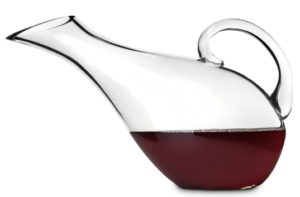
Pinot noir, trousseau, and gamay (Beaujolais) typically have minimal tannins, and they don’t need much time in a decanter. Plan on leaving light-bodied red wines in a small standard decanter for about 20-30 minutes.
While white wines do not contain tannins, some wine lovers like to pour them into a decanter so that they can bring a little extra elegance to their pours, particularly at dinner parties or celebrations.
Popular Italian varieties like sangiovese (Chianti wine), dolcetto, barbera, and young nebbiolo can be decanted for about an ho
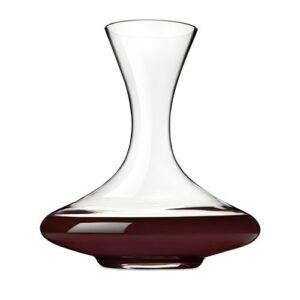
ur in a medium-sized standard decanter. Wines with some age on them, like a nice Burgundy, will also benefit from decanting.
When we talk about decanting full-bodied wines, we’re talking about varieties like cabernet sauvignon, cabernet franc, Bordeaux blends, tempranillo, and zinfandel. Full-bodied wines are higher in alcohol, they have heavy tannins, and their structure means that they take the longest to decant. These wines require 1-2 hours in a decanter before they really start to mellow out.
If you’re bringing a full-bodied wine to a restaurant, drop the bottle off ahead of time so that the sommelier can decant it before your reservation. If it’s not possible to bring the bottle on the day of the reservation, most restaurants are more than happy to have you leave the bottle in the days or week prior to your arrival.
While some wine decanters may look like mini works of art, these wine gadgets each have a slightly different purpose. We will be reviewing a variety of decanters from different brands and with different price points in the coming weeks, but here are some general guidelines.
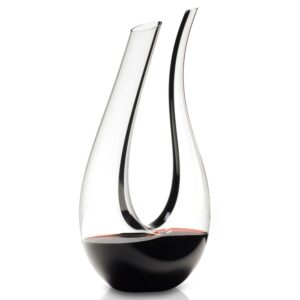
Standard decanters come in small, medium, and large sizes. As we mentioned above, small standard decanters are perfect for light-bodied red wines and white wines if you’re so inclined. The small bowl and narrower body offer gentle oxygen exposure to less tannic bottles.
On the other hand, large standard decanters have broad, shallow bowls that, when swirled, offer robust oxygen exposure to tannic or “tight” wines. Medium-sized decanters are right in the middle. This middle-of-the-road size is a great everyday decanter if you’re looking to buy just one wine accessory for your collection.
Swan decanters have long, elegant necks, just like their namesakes, are hand blown and made of crystal. The swan-like neck of this wine device serves the dual purpose of aerating wine while also separating sediment from aged wines. When considering purchasing a swan decanter, be sure you have the patience to clean these delicate decanters.
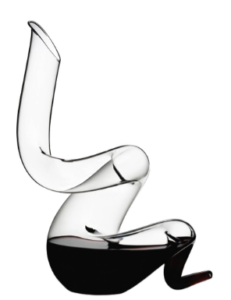
Similar to the swan decanter, duck decanters are shaped like the waterfowl for which they’re named. The horizontally angled neck of the duck decanter looks great on the dinner table and works well with light and medium-bodied wines.
Most wine professionals will tell you that standard decanters are the workhorses of the wine world. They get the job done, they are easy to clean, and they come in a range of price points, which means you can pick up a decent standard decanter for under $25. Prices start increasing depending on whether you select a glass decanter or a crystal decanter and choose a luxury brand like Reidel or something more budget-friendly like the aforementioned Crate & Barrel decanter.
If you’ve gone so far as to dedicate the time to research the best wine decanters, buy a decanter. This small investment does wonders for wine and will help you get the most out of every bottle.

All things wine, and food you could ever need or want — straight to your email!